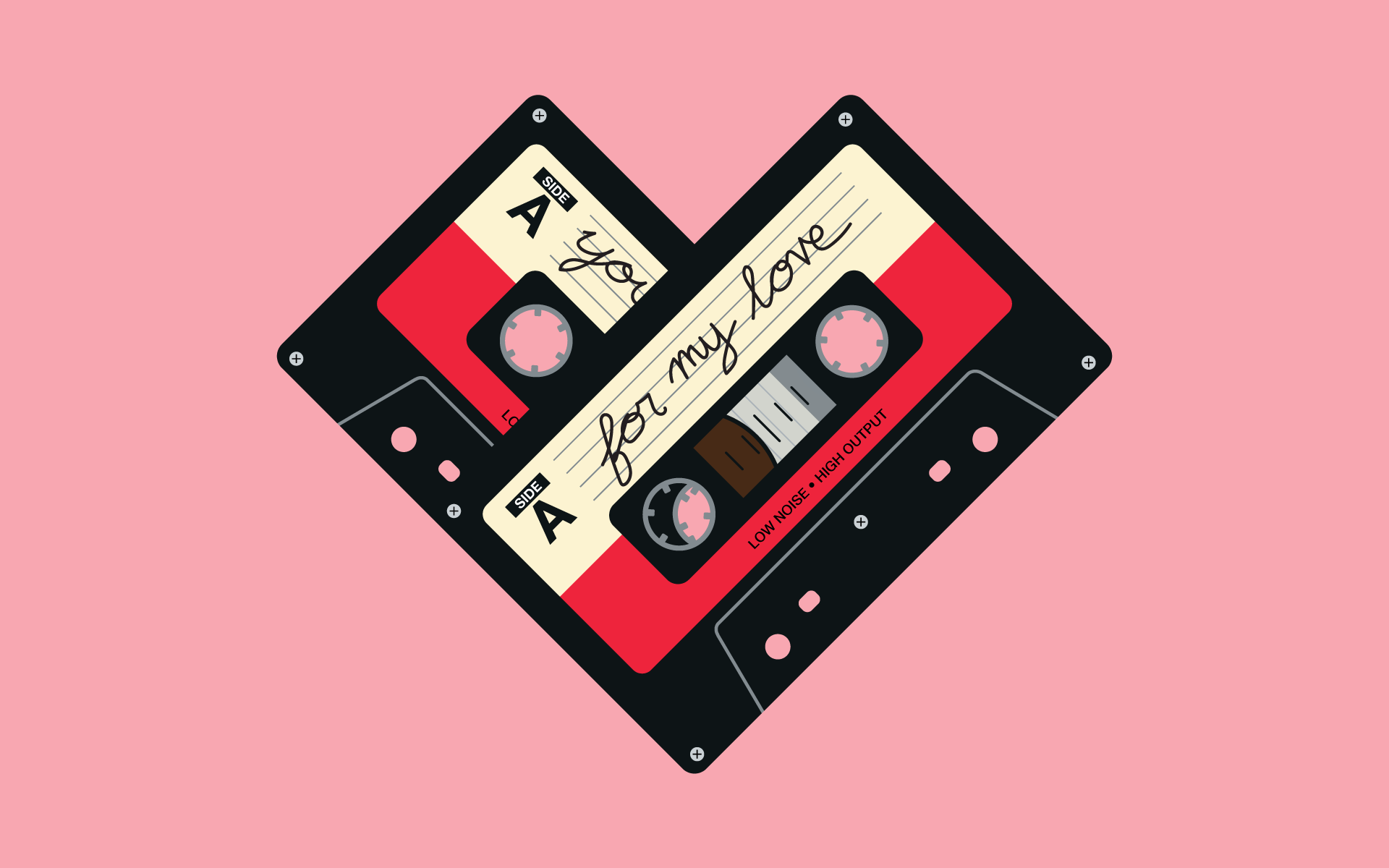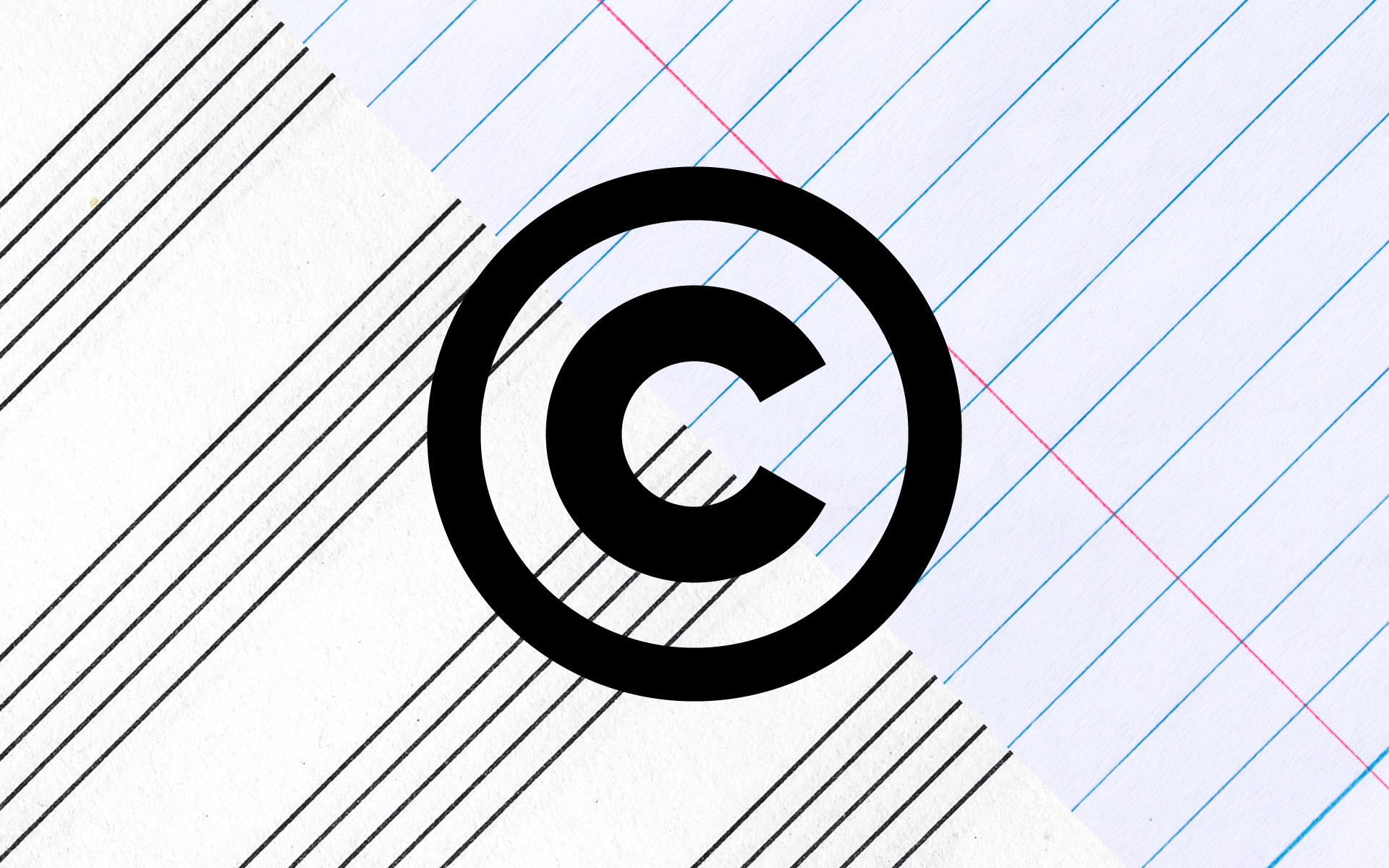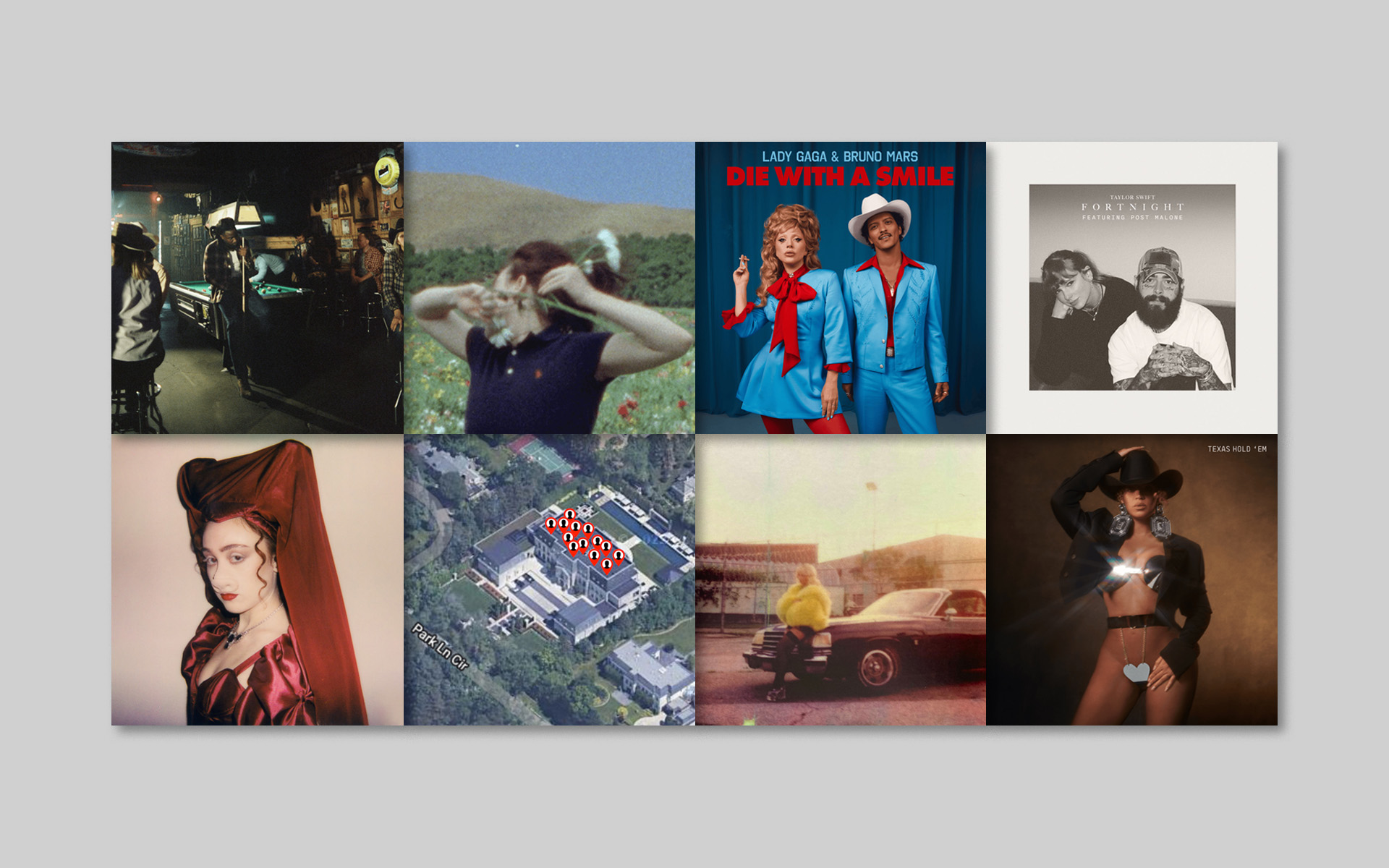The expression, “And suddenly, all of the love songs were about you,” sums up what a well-written love song should achieve: a specific yet universal message that feels like it’s about you and your special someone. This is easier said than done, and Bonnie Hayes, chair of the Songwriting department at Berklee College of Music, and director of the Songwriting Master’s program at Berklee Online, thinks you should go easy on yourself as you’re writing your first love song. There’s a good chance it’ll be sappy, and that’s okay.
“I mean, love songs are sappy, right?” she says. “It kinda goes with the territory of proclaiming feelings, especially universal and powerful feelings that lead to the biological imperative of procreation!”
Leave it to the woman who wrote the Grammy-award winning “Love Letter” for Bonnie Raitt to put it so accurately.
TAKE THE ‘ARRANGING FOR SONGWRITERS’ COURSE WITH BONNIE
Now with that worry out of the way, it’s time to go forth and just write a love song, whether it’s good, bad, sappy, sweet, or everything in between. The most important thing is that it’s from the heart. Fortunately, we have advice from more of the best songwriting scholars in the business: Rodney Alejandro, Jimmy Kachulis, and Pat Pattison. They share their top tips for writing a love song this Valentine’s Day.
1. Stay Away From Clichés
While there is a case to be made for how easy it is to love sappy love songs, one thing you don’t want to take from them are meaningless platitudes. Clichés are going to come across as one-dimensional, and are not going to strike the listener like the vivid imagery that you can conjure up. You know what lyrics have been overused to the point where they’re basically white noise: “I can’t take my eyes off of you,” “you’re the one for me,” “we belong together.” And please, try not to rhyme “love” with “above.”
You can still convey these sentiments, but by saying them in a different way. What about someone can’t you take your eyes off of? How do you know that someone is the one for you, and that you belong together? When you look at your sheet of paper and see clichés, dig for deeper meaning.
2. Keep it Authentic
There’s no rule that says you need to be in love to write a love song, but it certainly helps if you can recall a time that you’ve been in love or have felt love. It’s kind of like watching a romance movie and being able to tell if the actors have chemistry or not. Do they have to be in love with each other to convey to the audience that they love each other in the story? No, but they’re able to convince you, surely because they’re drawing upon authentic feelings of times they have felt in love.
“Keep the lyrics authentic to your experience with love and shape the melody to enhance the emotions,” says Alejando, a Grammy and Latin Grammy-nominated songwriter. “Love songs resonate most when the experience and emotion being conveyed are felt in the performance.”
Alejando admires the love song “Nothing” by Bruno Major, for its vivid imagery of ordinary moments and paired down guitar playing that matches that sentiment.
“The lyric of this song paints the perfect picture of existing with your person in the simplest of moments,” he says. “The verse/refrain and 3/4 meter emit a sweet nostalgic emotional quality that causes me to smile as I recall my memories.”
3. Borrow a Lyrical Theme
Love is such an abstract concept, that it can be difficult to know where to begin to write a song about it. One way that Jimmy Kachulis encourages his students to know where to start is to pair another song to its lyrical theme, and then make it their own.
“Every well-written, focused lyric can be summarized in one sentence,” he says. “One of the things I ask lyric writers to do is to find a song where the theme is very clear, and very expressible in one sentence. And then what you do is you take that theme and you flesh it out with your own scenario.”
Let’s take for example the song “My Girl” by the Temptations.
I’ve got sunshine
on a cloudy day
when it’s cold outside
I’ve got the month of May
I guess you’d say
what could make me feel this way?
My girl
In short, this is a song about a person who makes the hard times bearable, and there are a lot of other love songs that you can condense down to this sentiment, like “Hey Julie” by Fountains of Wayne or “(You Make Me Feel Like) A Natural Woman” written by Carole King and made famous by Aretha Franklin.
You’re going to take this theme about someone who helps you through the hard times and write your own version. This will put some parameters into place so that you’re not working with infinite possibilities.
“You’re expressing the same theme from a well-written love song, but your creativity is in inventing new characters,” says Kachulis. “Then ask yourself, ‘Who is singing to whom, where, and when?’”
LEARN HOW TO WRITE HIT SONGS WITH JIMMY KACHULIS
4. Create Characters
A lot of beginner lyric writers write autobiographically and have a hard time separating themselves from their songs, says Kachulis. As mentioned earlier, you want to draw from authentic feelings and emotions, but you don’t necessarily need to be the main character.
“Most of us can tap into a time when we really felt loved,” says Kachulis. “But then we can also say, ‘okay, can I write a song about a middle-aged couple?’ Or ‘can I write a song about an older couple?’”
He encourages his students to think like playwrights or screenwriters. You could pull from a personal experience, or you could imagine what it’s like.
“You don’t have to be a middle-aged woman who is struggling with her career and household and children to imagine what that’s like,” he says. “I encourage lyric writers to combine their personal autobiographical experience with an imaginary experience.”
Going back to the previous point about a person who helps you through the hard times, you can tell many different stories with this theme: the story of a teenage couple who are dating long distance in their first year of college, a middle-aged couple that’s going through hard economic times, or an elderly couple that’s dealing with health issues.
“Can you write that love song?” says Kachulis. “Of course you can write that love song. You don’t have to be 80 years old and sick to write that song. That’s one of the beautiful things about being a creative lyric writer. You can imagine. The great writers imagine what it’s like to be those characters.”
Speaking of great writers, in the past few years, we’ve seen Taylor Swift move away from autobiographical songwriting, and move into more of a storyteller role. At the start of her career, she was known for writing songs about real people and real experiences. Her albums folklore and evermore are a departure from her usual style of songwriting because she’s taking on the role of a storyteller, writing songs about characters and not necessarily herself.
5. Think About Perspective
To write a love song that feels like the listener could drop themselves into it, you must think about the perspective that it is written in. Kachulis says that the majority of pop songs today are written in what’s called direct address. Direct address is the writer or the writer’s character speaking in first-person directly to another person (you), who could even be the listener.
“Love songs need to feel intimate,” says Pat Pattison. “The most intimacy you can create lives in direct address (I, you) and present tense (carried by your verbs).”
TAKE A LYRIC WRITING COURSE WITH PAT PATTISON
Virtually every pop song is written in direct address, but Kachulis says it’s not the only perspective you could write a love song in. He says that using a narrator could be a good tool for someone who wants to break out of writing autobiographically.
“The narrator is outside the song, and the great thing about the narrator is they can see inside people and tell the audience what the character is thinking and feeling,” says Kachulis. “The narrator can change timeframes and change scenes.”
This is called third-person narrative, which can feel less intimate than direct address, but can be effective in telling a story from a bird’s eye view. The song “Mary May & Bobby” by Joe Purdy is an example of a love song written in third-person narrative.
One way that Purdy makes third-person narrative feel more intimate is by adding dialogue.
He said, “Mary, marry me
We could live out by the sea
Oh, like they do on the movie screens
Oh, marry me, Mary May,
Before you are fly away”
Whichever perspective you choose, just be sure to keep it consistent. In this piece by Pattison, he dissects the lyrics to Ed Sheeran’s “Perfect,” which becomes quite confusing because the listener doesn’t have a good understanding of who is talking to whom.
We hope you enjoyed these tips from Berklee Online’s songwriting faculty! Good luck writing your love song, and if you’d like to learn how to hone your songwriting skills even further, check out Berklee Online’s songwriting offerings, including courses, certificates, and a bachelor’s degree and master’s degree program.
STUDY SONGWRITING ONLINE WITH BERKLEE












